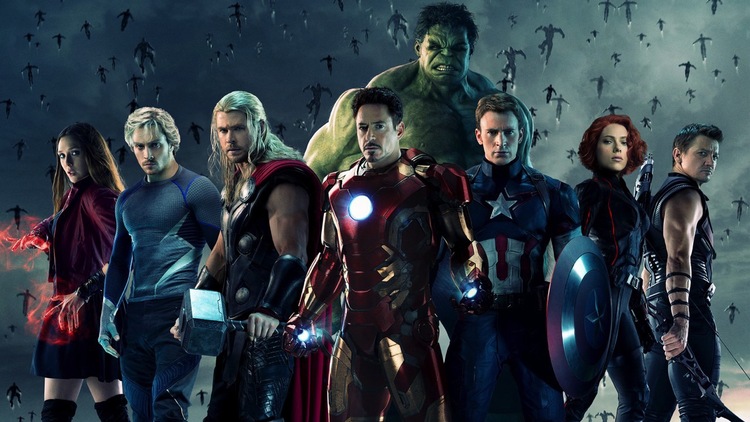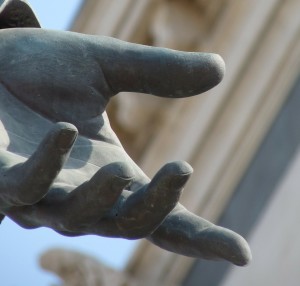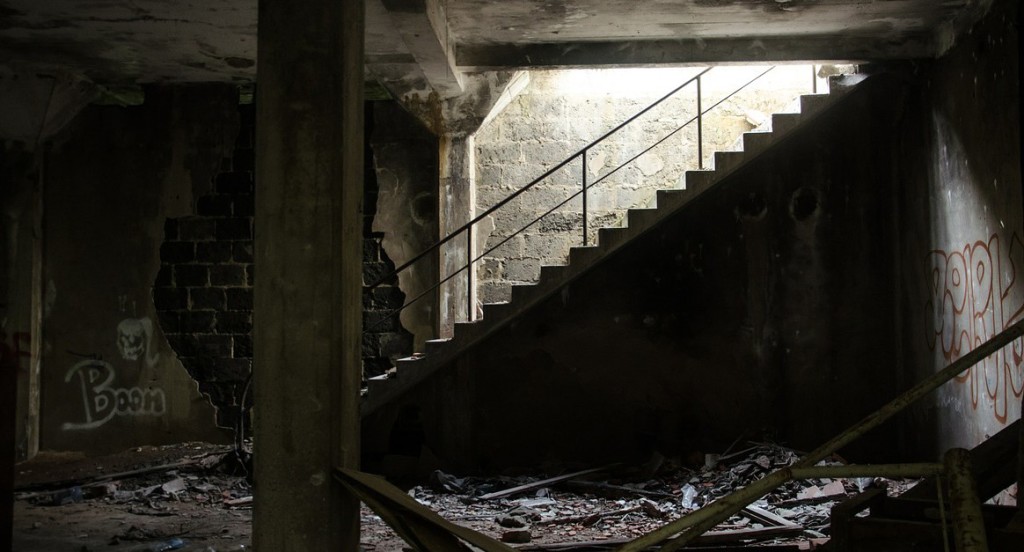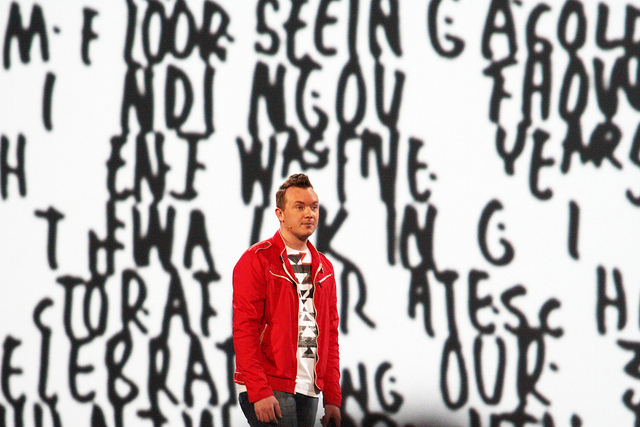In an often viewed TED talk, artist Phil Hansen talks about “embracing the shake.” It is a great message, one truly worth watching or reading. In the face of nerve damage that left his hand shaking too badly to make his preferred art, he learned to embrace this limitation, and it led to more creativity than he could have imagined. His message of embracing limitations should ring especially true for us as followers of Christ, and may be particularly hopeful for those facing mental illness. Read More →
 When you think “blockbuster movie” and “superheroes”, I bet “fear” isn’t the next word in your mind. But if the major motion picture in question is the recent “Avengers: Age of Ultron” then you might have to think again. I do enjoy a good Marvel movie, and I was intrigued at the direct way in which this one portrayed the characters’ struggle with fear as the lynchpin of the proceedings.
When you think “blockbuster movie” and “superheroes”, I bet “fear” isn’t the next word in your mind. But if the major motion picture in question is the recent “Avengers: Age of Ultron” then you might have to think again. I do enjoy a good Marvel movie, and I was intrigued at the direct way in which this one portrayed the characters’ struggle with fear as the lynchpin of the proceedings.
After all, fear is a primal emotion. Ability to feel fear is essential to survival, and fear prepares us for action faster than we can consciously think. At the same time, fear can keep us trapped, immobilized both physiologically and psychologically. All of us have fear, and we are never safe out of its reach. (You may have heard that “Perfect love casts out fear.” Know any perfect lovers?) What can we take from this ultra-popular film that will inform our own, personal struggle with fear? Read More →
 At Easter, we celebrate the ultimate victory of Joy over suffering. Christ is Risen! Alleluia! Death, where is your sting?
At Easter, we celebrate the ultimate victory of Joy over suffering. Christ is Risen! Alleluia! Death, where is your sting?
All this hoopla must look a little silly from the outside. Its hard to understand the thrill of Easter if you have not experienced the agony of Good Friday. And our current culture is not high on Good Friday. Usually, we are trying to find ways to avoid suffering. The implicit message is often that happiness results when all suffering is eliminated or successfully avoided. As Christians, however, we believe that the joy of Easter is possible precisely because of suffering. This is our model: it is by dying that we can rise to new life.
At a time in my own journey when I particularly needed it, I read a book called Hinds Feet On High Places. It is an allegorical story of the spiritual life, and the main character, Much Afraid, attempts to journey to the high mountains where The Shepherd lives. One of the things that stuck with me most is that The Shepherd chose two companions for Much Afraid to help her make it through the journey: Sorrow and Suffering. Read More →
The stereotypes would have us believe that those who see a therapist are broken, crazy, weak, incapable or lesser-than. My experience has been the opposite. Those I work with are quite strong in many ways, not least in their willingness to face the pain and suffering that comes with change. They have more than the usual ability to be vulnerable, and by owning their brokenness, show forth the glory of humanity. (More on that here) They have often given me the gift of seeing the world through their eyes, and it can be a beautiful view. Today I celebrate those shared moments by sharing some of the images or metaphors with which they have described their experience. *
 Suffering and Sadness as Stairs to Freedom Read More →
Suffering and Sadness as Stairs to Freedom Read More →
I’ve sometimes wondered what Lent must look like to a non-religious person:
- We spend one day a week not eating meat, and on a few days we skip meals altogether.
- We voluntarily deprive ourselves of good things.
- We intentionally ponder and ritualize the torture and death of our God/Leader.
- Oh, and our male leaders all dress in purple (and occasionally pink).
In this thought experiment, I can imagine the other thinking: “Those people are intentionally causing themselves to suffer. Who does that? All the sane people are trying to avoid and reduce suffering.”
Checking in with myself, I notice that often avoiding suffering is indeed my main motivation. Read More →
 We are all broken. We think of this as our biggest liability, but the reality is that the beauty in our brokenness is overwhelming.
We are all broken. We think of this as our biggest liability, but the reality is that the beauty in our brokenness is overwhelming.
Cancer. Addiction. Chronic pain. Anxiety. Poor physical fitness. Depression. Job burnout. No one I know wants experiences like these, but everyone I know has some. Does that mean we are somehow diminished?
We come into the world as a small bundle of needs, completely dependent on our parents, unable to control even the movements of our limbs. We are not angels – our will is frail and flawed. Yet, as we grow, we are told to seize the day, hold the fort, take charge of our future. We are fed with illusions of control and individuality, and we begin believe that sanity consists of the ability to shape our world to our own desires. Our entertainments feature actors and athletes who are strong, beautiful, powerful. Our cultural narratives promote constant self-improvement, rising above our humble beginnings, and eliminating our flaws. We learn to fear our weaknesses as cracks in the armor that protects us from harm.
That’s all backwards. Read More →
